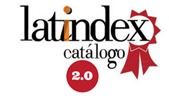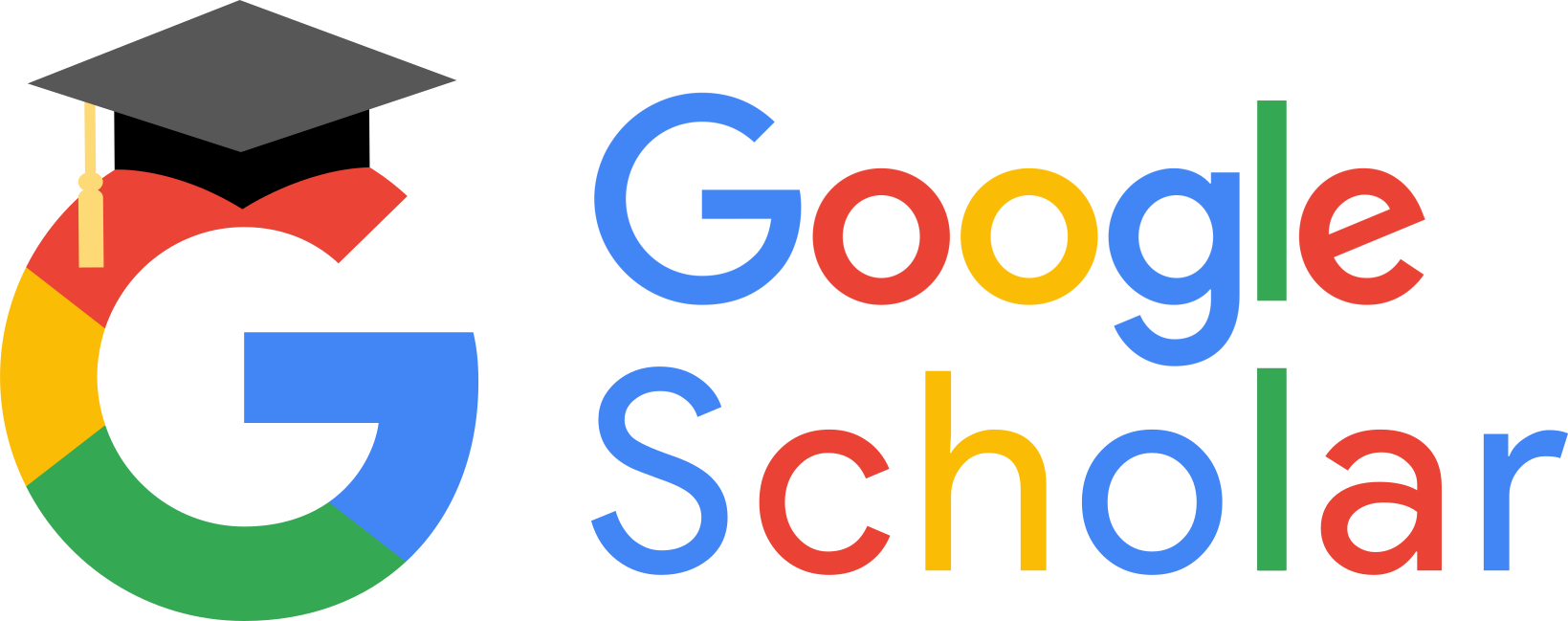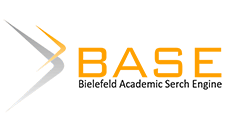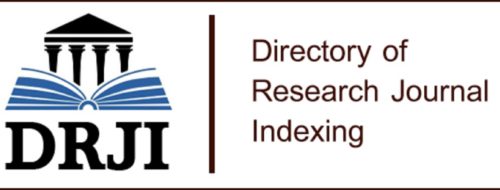LATERALITY AND READING AND WRITING DIFFICULTIES IN SCHOOL CHILDREN
Keywords:
Laterality, reading and writing difficulties, early childhood education, reading and writing teachingAbstract
One of the purposes of the application of neurosciences in education is that the teaching-learning process is individualized in relation to the neuroeducational variables identified in the student body. Thanks to this, it has been possible to identify the cognitive processes involved in learning to read and write. Within the school environment, literacy difficulties are common during childhood, considerably affecting the educational process and the academic performance of students. The objective of this research project is to analyze the relationship between laterality and literacy difficulties in schoolchildren in an educational center. To develop the research, it was necessary to refer to the current demand in relation to the increase in literacy difficulties in primary school education, for this reason the present study has a quantitative approach and is of a non-experimental predictive correlational type. If the results of the research project accept the proposed hypothesis, a positive and statistically significant relationship is established between both variables, which assumes that the type of laterality is a predictor for schoolchildren with literacy difficulties, promoting that the teaching of literacy in educational centers would be directed according to the type of laterality of the school.
Keywords: Laterality, reading and writing difficulties, early childhood education, reading and writing teaching.
Downloads
References
Casaprima, V., Catalán, J., Ferré, J., & Mombiela, J. (2006). Técnicas de tratamiento de los trastornos de la lateralidad. Barcelona: Instituto Médico del desarrollo infantil.
Centeno, A., & Meléndez, E. (2019). Propiedades psicométricas de la Escala Magallanes de lectura y escritura Tale-2000 en estudiantes de 2º grado de primaria de Surco. Repositorio Institucional UMCH, 17-45. Obtenido de http://repositorio.umch.edu.pe/handle/UMCH/3048
Chartier, A. M., & Hébrard, J. (1994). Discursos sobre la lectura. Barcelona: Gedisa.
Cujó, M., & Carolina, Y. (2012). Repercusiones de los Problemas de Lateralidad en los Procesos de Lectoescritura y Cálculo. Universidad Internacional de la Rioja: Máster en Neuropsicología y Educación, 43-44. Obtenido de https://reunir.unir.net/bitstream/handle/123456789/1036/2012_11_07_TFM_ESTUDIO_DEL_TRABAJO.pdf?sequence=1&isAllowed=y
Duarte. (2003). Ambientes de Aprendizaje: Una Aproximación Conceptual. Estudios pedagógicos (29), 97-113. doi: https://dx.doi.org/10.4067/S0718-07052003000100007
Espinoza, C. (1998). Lectura y Escritura. Argentina: Novedades Educación.
Ferré, J. C. (2008). El desarrollo de la lateralidad infantil. Niño diestro-Niño zurdo. Barcelona: Instituto Médico del desarrollo infantil.
García, J., & Fernández, F. (1994). Juego y psicomotricidad. Madrid: Cepe.
González, A. (2016). Estrategias didácticas para el fortalecimiento de lateralidad de un escolar con dificultad de aprendizaje del Tercer Grado de la Escuela Bolivariana Dr. Leonardo Ruiz Pineda. San Cristóbal: Universidad Pedagógica Experimental Libertador.
Martinez-Cilveti, M. (2020). Lateralidad y dificultades lectoescritoras. Madrid. Obtenido de https://reunir.unir.net/handle/123456789/9961
Mayolas, M., Villarroja, A., & Reverter, J. (2010). Relación entre la lateralidad u los aprendizajes escolares. Apunts. Educación Física y Deportes. 101 (3), 32-42.
Ortega, A. &. (2013). Desarrollo didáctico de la escritura. Revista Internacional de Filología, Comunicación y sus Didácticas, 36, 237-250. Obtenido de https://cvc.cervantes.es/literatura/CAUCE/pdf/cauce36-37/cauce_36-37_012.pdf
Petitjean, N. (2014). El Cerebro de Niños y Adolescentes. Obtenido de http://cerebroniad.blogspot.com/2014/03/lateralidadcerebral-en-el-nino.html
Portellano. (2009). Cerebro Derecho, Cerebro Izquierdo. Implicaciones Neuropsicológicas de las Asimetrías Hemisféricas en el Contexto Escolar. Psicología educativa, 15(1).
Rigal, R. (1987). La lateralidad. Motricidad Humana. Madrid: Augusto E. Pila Teleña.
Rockwell, E. (2001). La lectura como práctica cultural: conceptos para el estudio de los libros escolares. Educação e Pesquisa 27 (1), 11-26. doi: https://doi.org/10.1590/S1517-97022001000100002
Rojas, A. (2010). La lectoescritura en la edad escolar. Ministerio de Educación, 14-16.
Suárez, Á., & Suárez, S. (2014). Evaluación de la lectura. Diccionario Digital de Nuevas Formas de Lectura y Escritura. Obtenido de http://dinle.usal.es/searchword.php?valor=Evaluaci%C3%B3n%20de%20la%20lectura





4.jpg)









